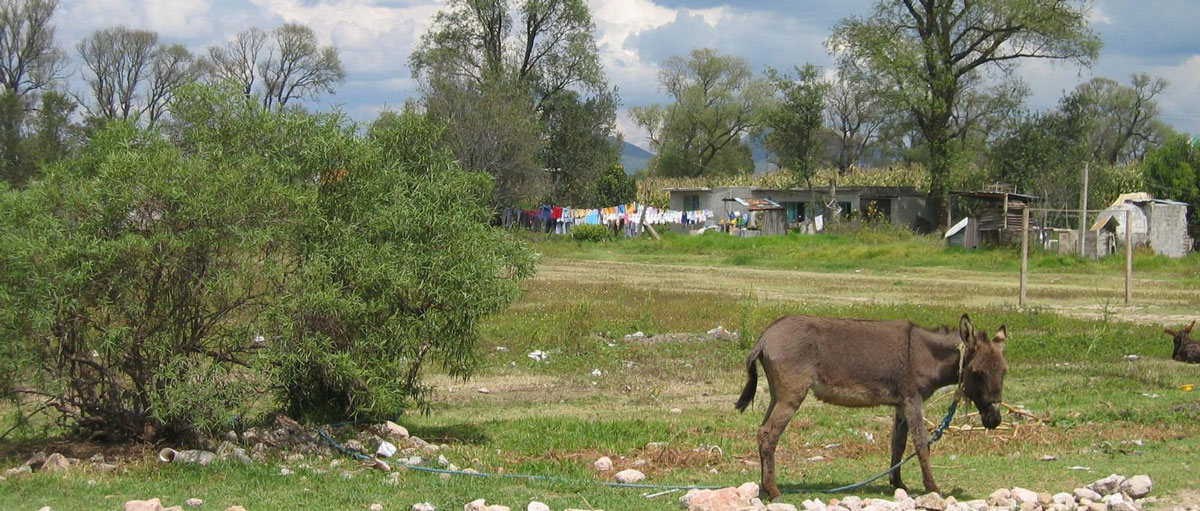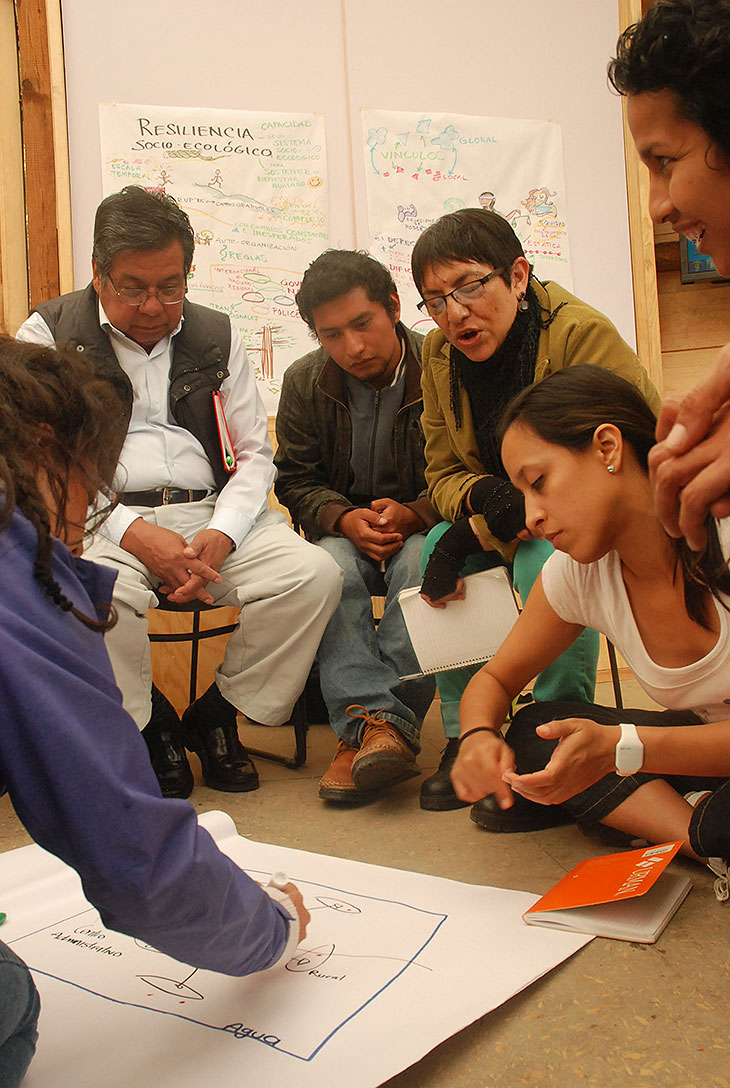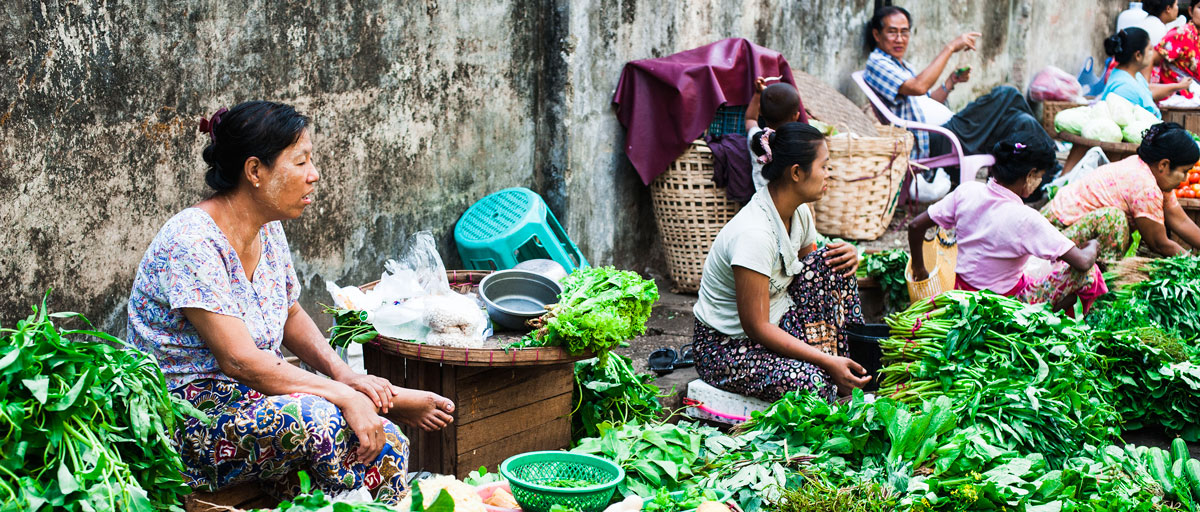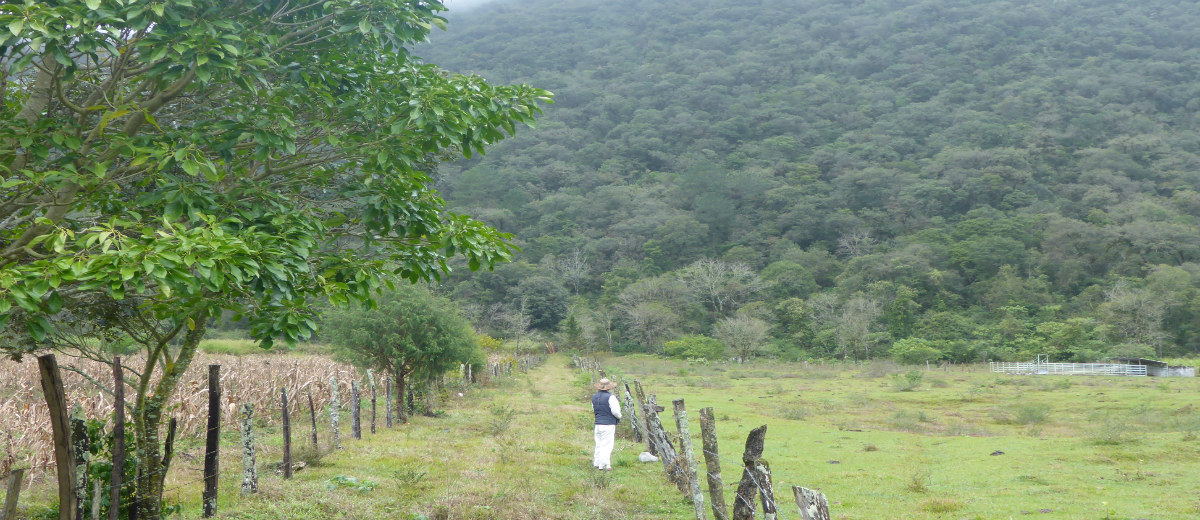
Stories of land grabs to gain access to the financial benefits of REDD+ come out frequently in Mexico, dispossessing local communities. A new study looks at how biodiversity and communities’ human rights can be protected while allowing parties to dialogue about how to best operationalise REDD+. Photo: Gsk/Wikimedia Commons
Bildtext får vara max två rader text. Hela texten ska högerjusteras om den bara ska innehålla fotobyline! Photo: B. Christensen/Azote
REDD+, environmental law and human rights
Not too tight, but not too loose
Legal frameworks can protect rights of communities reliant on forest resources while still encouraging land owners and governments to curb deforestation
- International schemes for financing conservation and climate mitigation such as REDD+ have generated concerns about the effect on good governance, human rights and biodiversity
- This requires legal frameworks that are not too tight, but not too loose, either
- Studies in Mexico revealed relative satisfaction that legal reforms on safeguards were clear on obligations to protect vulnerable populations but also left room for dialogue on how to operationalise these rights
Think about this: how can the pursuit of climate change mitigation lead to local environmental justice rather than to dispossession or disempowerment of vulnerable local communities? Take Reducing Emissions from Deforestation and Degradation and forest enhancement (REDD+) for instance.
REDD+ is a mechanism developed by Parties to the United Nations Framework Convention on Climate Change (UNFCCC) which aims to encourage particularly developing countries to curb deforestation, forest degradation and enhance carbon stocks. This is done by offering financial incentives to communities and individuals looking to convert forest areas into alternative land uses. This may sound like a good idea but there are drawbacks and significant economic interests by governments and others on what is often perceived as large amounts of money coming from the REDD+ mechanism.
Stories of land grabs to gain access to the financial benefits of REDD+ come out frequently, dispossessing local communities and possibly even transforming natural forest into carbon plantations. To prevent these kinds of outcomes, effective legal frameworks including safeguards are needed.
This is also the subject of a new study co-authored by centre researcher Claudia Ituarte-Lima. Published in the Journal of Environmental Law she uses a case study of the development of legal safeguards in Mexico to argue for an approach that establishes enough precision regarding state’s obligations to safeguard biodiversity and communities’ human rights, while allowing parties to dialogue about how to best operationalise these rights and adapt international agreements to fit local circumstances. The paper was also selected as a research highlight by Nature Sustainability.
The findings of our analysis argue for a legal approach that is ‘not too tight, but not too loose’.
Claudia Ituarte-Lima, lead author
Complex land structures
Over 80% of forested land in Mexico belongs to ejidos, communities combining communal and individual land rights to manage the land and its resources. In transforming international safeguards into national law, the complexity of the social-ecological system in Mexico’s forested land demanded to address a diverse but interconnected set of issues. The issues ranged from a system to monitor the reduction of carbon emissions to property rights, public participation, indigenous and local communities’ legal identity and rights, and environmental protection.
While right-holders and stakeholders were generally supportive of the inclusion of safeguards in Mexican law, they pointed out that broader socio-ecological issues were left unresolved and that these would prevent from safeguarding communities’ livelihoods and healthy ecosystems. For example, the current policies on subsoil resource extraction in Mexico serve to weaken the rights of forest-dependent communities and ecosystem services in favour of mining companies. If issues such as these are not resolved, there would be significant challenges or impossibility of operationalising safeguards of REDD+ in Mexico.
Tensions and challenges
One of the steps taken during the reform process involved providing expanded legal rights and processes to local communities. While these reforms may be positive for the fostering of equity in mechanisms regarding environmental management, they are not without their own challenges.
In her study, Ituarte-Lima found that some interviewees found tensions between different rights for example the right to information associated with the development of REDD+ monitoring, reporting and verification in a relatively short period of time and the right to public participation in forest and climate governance.
Other interviewees considered that the application of certain of these new legal procedures could interfere with the development of future REDD+ policies and potentially render REDD+ inoperable. Some also pointed out challenges that can arise from using the ejidos structure to implement climate mechanisms such as the risks and disadvantages for those who are not formally holding formal legal land rights, particularly women and children.
Despite these challenges, the need for dialogue and the freedom to express how to better operationalise communities’ human rights and international safeguards in different ways that fit local contexts was seen as an ultimately positive outcome for the future of ejidos and forest management.

The study analysed stakeholder perspectives regarding the development of Mexico’s REDD+ legal reforms. The analysis included 68 semi-structured interviews, 10 focus groups and the sourcing of additional observations from participants in the legal processes. Interviews included people from governmental organisations of the legislature and executive, as well as civil society organisations working locally, nationally and/or internationally.
Clear on obligations, room for dialogue
Rather than regulating who has property rights over carbon sequestration, the legal reform addressed benefit sharing from contributing to ecosystem services which are part of the bundles of property rights over natural resources. While it may seem like a minor distinction, this has legal implications in that the goals of REDD+ regarding carbon can be achieved but the economic benefits should go to people contributing to healthy ecosystems, of whom the majority are ejidos but also other people such as women often not holding formal legal land rights. Hence, the reform process went beyond the REDD+ commitments to carbon sequestration and extended to regulate benefit sharing of ecosystem services.
At the end of the reform process of transforming international safeguards into national legislation, right holders and stakeholders felt both optimistic and cautious regarding the safeguards enacted to protect property, communities’ human rights and natural resources.
As Ituarte-Lima explains, "The findings of our analysis argue for a legal approach that is ‘not too tight, but not too loose’. Right holders were satisfied that the reform process was specific about the Mexican state’s obligations to protect the rights of vulnerable populations including the recognition of the right to free prior informed consent and benefit sharing, but also left room for right holders’ dialogue on how to operationalise these rights into the future."
Methods and conceptual framework
The study analysed stakeholder perspectives regarding the development of Mexico’s REDD+ legal reforms. The analysis included 68 semi-structured interviews, 10 focus groups and the sourcing of additional observations from participants in the legal processes. Interviews included people from governmental organisations of the legislature and executive, as well as civil society organisations working locally, nationally and/or internationally. The information from interviews was then combined with a conceptual framework of legal prescriptiveness to perform a socio-legal analysis of the reform process in Mexico. The conceptual framework used for the analysis involved three criteria of obligation, delegation, and precision. In combination these three criteria were used to describe the relative level of prescriptiveness of the relevant legislation from the international level to the national level. The distinction and interactions between substantive and procedural human rights were also analysed.
The authors have also engaged in dialogue for sharing and receiving feedback to the findings of this paper in meetings in the research, policy and practice interface in Mexico and internationally. This paper has been highlighted in the Nature Sustainability Journal as the research highlight on environmental law.
Ituarte-Lima, C., McDermott, C. L. 2017. Are More Prescriptive Laws Better? Transforming REDD+ Safeguards into National Legislation. Journal of Environmental Law, Volume 29, Issue 3, 1 November 2017, Pages 505–536. DOI: 10.1093/jel/eqx020
Claudia Ituarte-lima is a researcher in international law specialising in legal and governance transformations for sustainable development and environmental justice.








